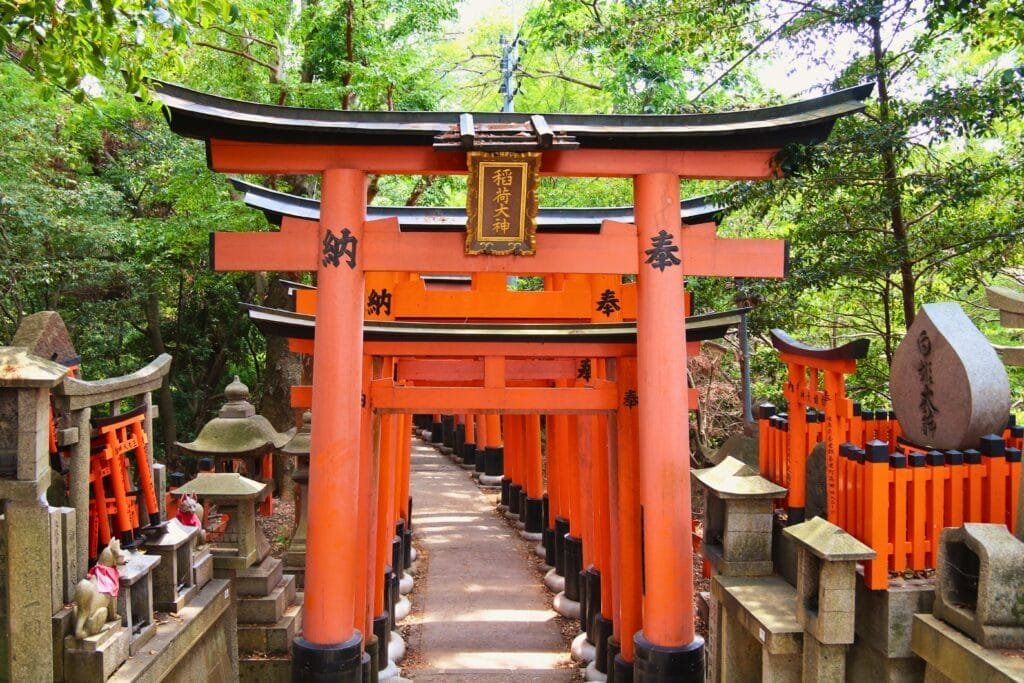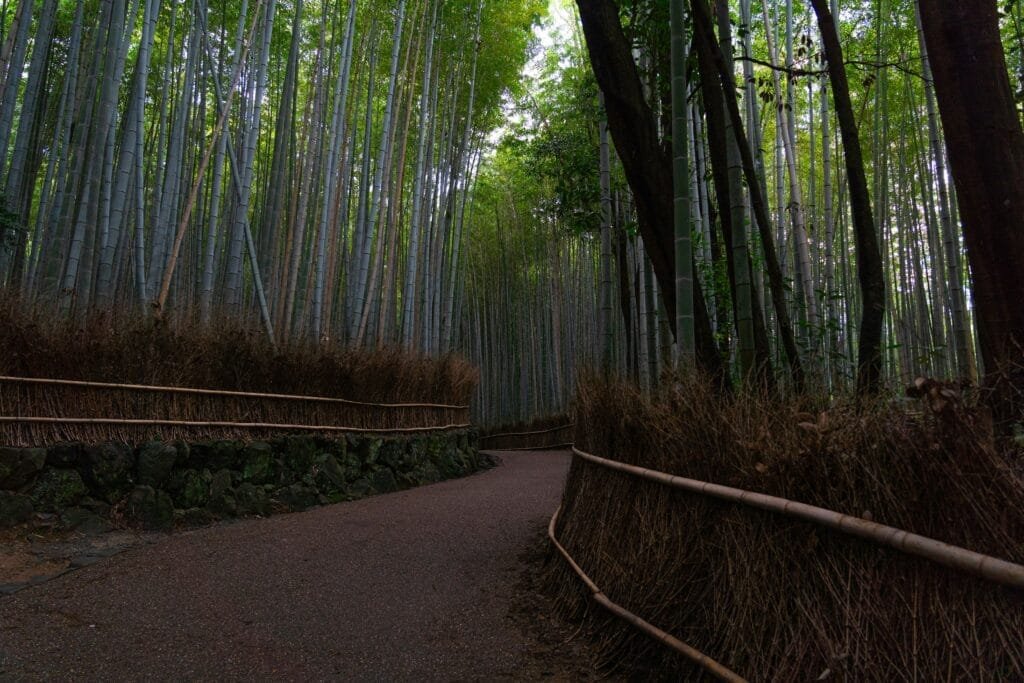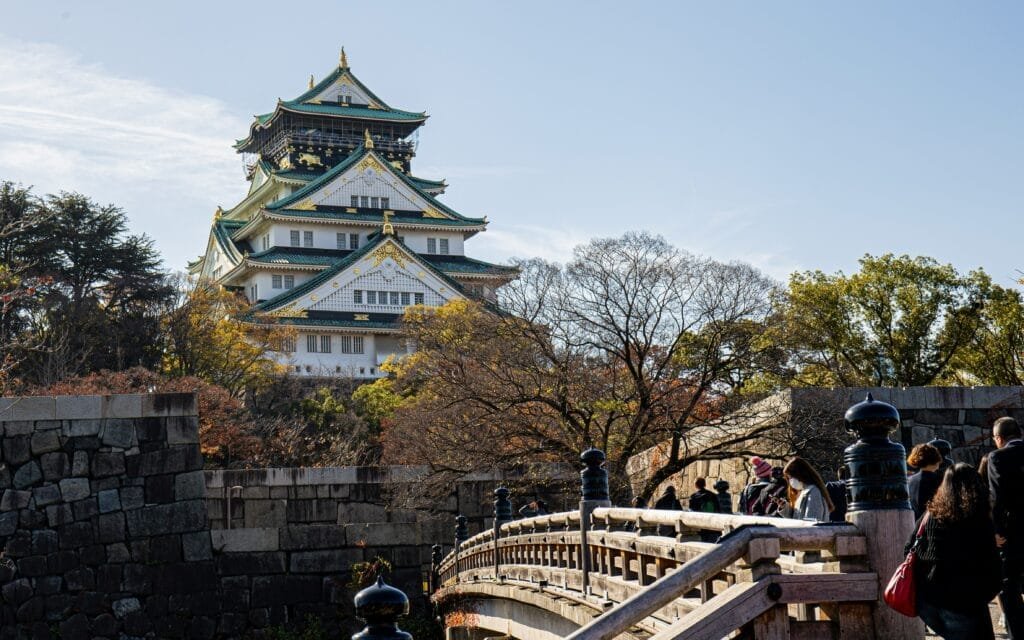Japan: A Journey to the Legendary Land Where Tradition Meets the Future

Hello, travel enthusiasts!
What’s that one place you’ve always said, “I wish I could see it just once in my life”? The one that makes your heart skip a beat when you see it in movies, anime, or documentaries? For me, the answer to that question has remained unchanged for years: Japan! The Land of the Rising Sun… A place where roots run deep in thousand-year-old traditions while its pulse beats in time with technology and the future; a land where contrasts dance in perfect harmony. If you’re ready, let’s dive into the details of this unique adventure!
Why Japan? What Makes This Country So Special?
There are so many reasons to visit Japan! You can take shelter in the silence of centuries-old wooden temples under the shadow of neon-lit skyscrapers. In one of the world’s most crowded metropolises, you can step into a garden and instantly find yourself in the embrace of nature. You might have the best meal of your life at a Michelin-starred restaurant, only to find that you can’t forget the taste of the takoyaki you ate from a street stall later that same evening.
Japan is a place where respect, order, aesthetics, and craftsmanship permeate every aspect of life. The respect people have for each other and for nature, the trains that depart to the exact second, the care taken in wrapping even the simplest package… These are the details that form the soul of the country and leave you in awe.
When to Go to Japan? The Dance of the Seasons
Japan is a country that does all four seasons justice. Each period has its own unique beauty:
- Spring (March-May): The famous sakura (cherry blossom) season! This is the most popular and therefore the most crowded time, as the country is enveloped in a pink dream. The weather is mild, and a festive atmosphere is in the air.
- Summer (June-August): A hot and humid period. However, it’s the ideal time to witness Japan’s world-famous summer festivals (matsuri) and to climb Mount Fuji.
- Autumn (September-November): My personal favorite! Known as koyo or momiji, this period offers a riot of color as the trees turn into a thousand shades of red and yellow. The weather is perfectly cool for sightseeing, and the crowds have thinned out a bit.
- Winter (December-February): If you’re a ski or snowboard enthusiast, the powder snow of Hokkaido awaits. The cities welcome you with dazzling decorations and a calmer atmosphere.
Transportation in Japan: An Art on Rails
Japan’s transportation network is an engineering marvel in itself.
- Japan Rail (JR) Pass: This pass can be a lifesaver if you plan to travel extensively between cities. However, keep in mind that after the major price increase in late 2023, it may not be as cost-effective for every itinerary as it once was. Once you have your route planned, compare the cost of individual tickets with the JR Pass to make your decision.
- Shinkansen (Bullet Train): Traveling on the Shinkansen is more than just getting from one place to another. It’s a joy to traverse the country from end to end on these silent, smooth, and incredibly punctual trains.
- Inner-City Transport: In major cities like Tokyo and Kyoto, the subway network is incredibly well-developed. Upon arrival, get a rechargeable smart card like a Suica or Pasmo, which you can use seamlessly on all subway, train, and bus lines.
Must-See Cities
1. Tokyo: The Gateway to the Future
Tokyo isn’t just a city; it’s a federation of cities. Every neighborhood has its own unique spirit.
- Shibuya: Mingle with the sea of people at the world’s busiest pedestrian crossing and take a photo in front of the Hachiko statue.
- Shinjuku: Find tranquility in the Shinjuku Gyoen National Garden by day, and watch the city lights for free from the top of the Tokyo Metropolitan Government Building by night.
- Asakusa: Feel the spirit of old Tokyo at the Senso-ji Temple and on the Nakamise-dori street.
- Akihabara: A paradise for anime, manga, and electronics fans. The colorful signs and arcades will transport you to another universe.
2. Kyoto: The Heart and Soul of Japan
If you want to see the traditional face of Japan, Kyoto is your city. This former imperial capital is home to thousands of temples, magnificent gardens, and geishas.
- Fushimi Inari Shrine: The famous path through thousands of red torii gates. If you go early in the morning, you can better capture its mystical atmosphere.
- Kinkaku-ji (The Golden Pavilion): Like a postcard, with its gold-leaf-covered reflection shimmering in the pond.
- Arashiyama Bamboo Grove: Listen to the sound of the wind as you walk among the towering bamboo stalks.
- Gion: The historic district where you might have a chance to see a geiko (geisha) or a maiko (apprentice geisha) hurrying to their next appointment, especially in the evening.

3. Osaka: The Nation’s Kitchen
Known as the birthplace of the philosophy of “kuidaore” (to eat until you drop), Osaka is Japan’s culinary paradise.
- Dotonbori: The heart of Osaka, with its neon lights, giant mechanical crabs and octopuses, and restaurants lining the canal. Don’t leave without trying Takoyaki (octopus balls) and Okonomiyaki (savory Japanese pancake).
- Osaka Castle: A magnificent structure that reflects the city’s history and grandeur.

4. Hiroshima & Miyajima: Where History and Nature Embrace
Visiting Hiroshima, a witness to one of history’s most tragic events, is a somber yet deeply educational experience. The Peace Memorial Park and Museum starkly remind you of humanity’s need for peace. A short ferry ride from Hiroshima, Miyajima Island is a slice of paradise with its giant torii gate that appears to float on the water at high tide and its friendly, free-roaming deer.
Delicious Japanese Cuisine: Much More Than Sushi
Japanese cuisine is not just about sushi and ramen. Every region has its own specialties.
- Must-Tries: Tempura (fried vegetables and seafood), Udon/Soba (thick/thin noodle soups), Yakitori (grilled chicken skewers), Tonkatsu (breaded pork cutlet).
- The Konbini Miracle: Convenience stores like 7-Eleven and FamilyMart (konbini) will be your secret heroes in Japan. Filled with incredibly delicious and affordable sandwiches, onigiri (rice balls), ready-made meals, and desserts, these stores are lifesavers at any time of day.
- Drinks: Try different types of sake, taste Japanese whiskies, and grab a drink you’ve never seen before from a vending machine!
Golden Tips
- Cash is King: Although credit card use is becoming more common, cash is still very important, especially in small shops, temples, and local markets.
- The Internet is Life: Rent a Pocket Wi-Fi at the airport or get a tourist SIM card. You don’t want to be without internet for navigation and real-time translation.
- No Trash Cans!: It is nearly impossible to find trash cans on the streets in Japan. Everyone carries their own trash in a small bag and disposes of it at home or their hotel at the end of the day. Be prepared!
- Silence, Please: Talking on the phone or chatting loudly on public transport is frowned upon.
- No Tipping: No matter how excellent the service, leaving a tip can be perceived as an insult. A simple “Arigato gozaimasu” is enough to show your gratitude.
- Learn a Few Words: You can work wonders with simple words like “Hello” (Konnichiwa), “Thank you” (Arigato), and “Excuse me/Sorry” (Sumimasen). Japanese people are often warmer and more helpful to foreigners who try to speak their language.
Final Words
Japan is much more than a trip; it’s an experience, a lesson, a way of life. It’s an adventure that will remind you of the importance of order, respect, the beauty in simplicity, and living in the moment. I hope this guide serves as a spark for you to write your own unforgettable Japan story.
Happy travels!
🎧 You can also listen to this article as a podcast (created with NotebookLM).